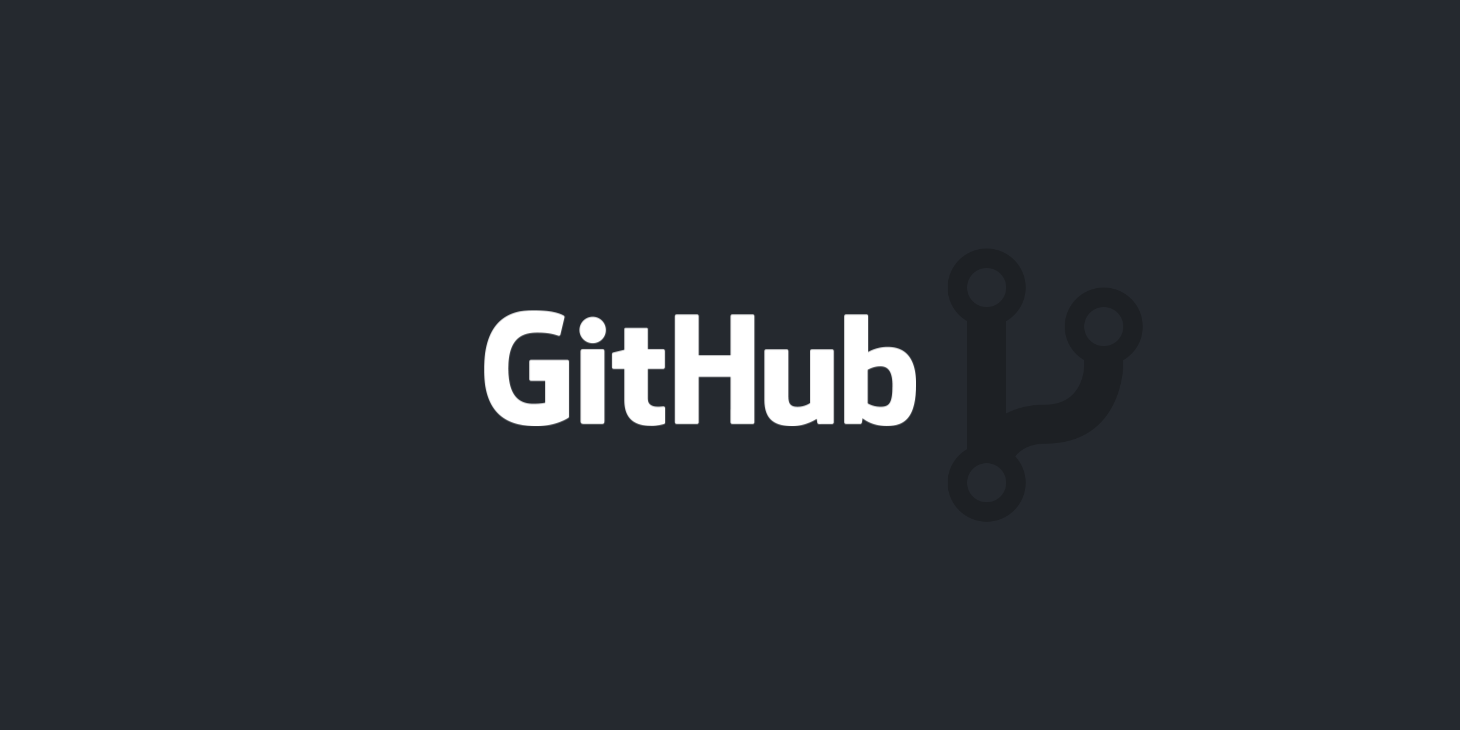Description
Table of Contents
1. Getting Started With Collaboration
1.1 What is GitHub?
1.2 The GitHub Ecosystem
1.3 What is Git?
1.4 Exploring a GitHub Repository
1.5 Using GitHub Issues
1.6 Activity: Creating A GitHub Issue
1.7 Using Markdown
2. Understanding the GitHub Flow
2.1 The Essential Workflow
2.2 Branching with Git
2.3 Branching Defined
2.4 Activity: Creating A Branch with GitHub
3. Local Git Configuration
3.1 Checking Your Git Version
3.2 Git Configuration Levels
3.3 Viewing Your Configurations
3.4 Configuring Your User Name and Email
3.5 Configuring autocrlf
4. Working Locally with Git
4.1 Creating a Local Copy of the repo
4.2 Our Favorite Git command: git status
4.3 Using Branches locally
4.4 Switching Branches
4.5 Activity: Creating a New File
4.6 The Two Stage Commit
5. Collaborating on Your Code
5.1 Pushing Your Changes
5.2 Activity: Creating a Pull Request
5.3 Exploring a Pull Request
5.4 Activity: Code Review
6. Editing Files
6.1 Editing a File
6.2 Committing Changes
7. Merging Pull Requests
7.1 Merge Explained
7.2 Merging Your Pull Request
7.3 Updating Your Local Repository
7.4 Cleaning Up the Unneeded Branches
8. Viewing Local Project History
8.1 Using Git Log
8.2 Streamlining Your Workflow with Aliases
8.3 Creating Custom Aliases
9. Workflow Review Project: GitHub Games
9.1 User Accounts vs. Organization Accounts
9.2 Introduction to GitHub Pages
9.3 What is a Fork?
9.4 Creating a Fork
9.5 Workflow Review: Updating the README.md
10. Resolving Merge Conflicts
10.1 Local Merge Conflicts
11. Working with Multiple Remotes
11.1 Remote Merge Conflicts
11.2 Exploring
12. Searching for Events in Your Code
12.1 What is git bisect?
12.2 Finding the Bug in Our Project
13. Reverting Commits
13.1 How Commits Are Made
13.2 Safe Operations
13.3 Reverting Commits
14. Helpful Git Commands
14.1 Moving and Renaming Files with Git
14.2 Staging Hunks of Changes
15. Viewing Local Changes
15.1 Comparing Changes within the Repository
16. Creating a New Local Repository
16.1 Initializing a New Local Repository
17. Fixing Commit Mistakes
17.1 Revising Your Last Commit
18. Rewriting History with Git Reset
18.1 Understanding Reset
18.2 Reset Modes
18.3 Reset Soft
18.4 Reset Mixed
18.5 Reset Hard
18.6 Does Gone Really Mean Gone?
19. Getting it Back
19.1 You Just Want That One Commit
19.2 Oops, I Didn’t Mean to Reset
20. Merge Strategies: Rebase
20.1 About Git Rebase
20.2 Understanding Git Merge Strategies
20.3 Creating a Linear History
21. Appendix A: Talking About Workflows
21.1 Discussion Guide: Team Workflows
For more inputs on GitHub Training you can connect here.
Contact the L&D Specialist at Locus IT.
Locus Academy has more than a decade experience in delivering the training/staffing on GitHub for corporates across the globe. The participants for the training/staffing are extremely satisfied and are able to implement the learnings in their on going projects.






